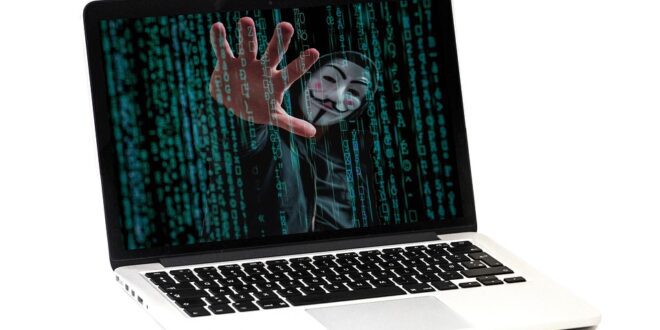Protect Your Digital Life from Risk, Hassles, and Headaches
Stay Wise in the Virtual World and Minimize Risks with Smart Digital Habits
The digital world has changed the way we live, work, and communicate. From online banking and shopping to social media and email, we rely on the internet for almost everything. However, our digital presence makes us vulnerable to cyber threats, such as identity theft, malware, and hacking. In this article, we will discuss some practical ways to minimize the risk and protect our digital life from hassle, headaches, and heartaches.
Create Strong and Unique Passwords
Passwords are your first line of defense against a data breach. Experts recommend creating long and complex passwords that include numbers, upper and lower case letters, and special characters. Moreover, you should never reuse the same password for multiple accounts, as it can put all your digital identities at risk. To ease the burden of memorizing multiple passwords, you may consider using a password manager, such as LastPass or 1Password, which stores all your passwords in a secure vault and syncs across all your devices.
Enable Two-Factor Authentication Wherever Possible
Two-factor authentication or 2FA adds an extra layer of security to your account by requiring a second factor, such as a fingerprint, facial recognition, or a time-based one-time password (TOTP). This adds an additional hurdle for hackers, who may need to break into your phone or bypass your biometric identity to gain access to your account. Therefore, you should always enable 2FA wherever possible, such as your email, banking, and social media accounts.
Be Wary of Suspicious Emails, Links, and Messages
Cybercriminals often use social engineering tactics, such as phishing, to trick you into giving away your personal information or downloading malware. For example, you may receive a “urgent” email that claims to be from your bank, requiring you to click on a link and provide your login details. Likewise, you may receive a message from a “friend” who asks you to send money via wire transfer urgently. Therefore, always double-check the sender’s email address or phone number, read the message carefully, and avoid clicking on suspicious links or downloading unknown attachments.
Update Your Operating System, Software, and Antivirus Regularly
Updates are crucial to patch known vulnerabilities, fix bugs, and improve performance. Make sure you stay current with the latest patches and software versions by enabling automatic updates on your device. Also, install a reliable antivirus solution and keep it up-to-date to protect against viruses, malware, and spyware.
Back Up Your Data Regularly to Prevent Data Loss
No matter how careful you are, data loss can happen due to hardware failure, theft, or cyberattacks. To minimize the impact of data loss, always back up your important data regularly, either offline or in the cloud. Use services such as iCloud, Dropbox, or Google Drive to store your data in the cloud. Additionally, consider buying an external hard drive or a USB disk to back up your data on a regular Schedule.
Conclusion
In conclusion, the internet is a fascinating place to explore, but it can be a dangerous place to navigate without the proper precautions. We hope this article helps you in minimizing the risks of being in the digital world. By creating strong and unique passwords, enabling two-factor authentication, staying vigilant of suspicious emails, links, and messages, updating your software, and backing up your data regularly, you can better protect your digital life from risk and unexpected situations. Always make sure you are educating the individuals around you on these digital hygienic practises too.
 Mind Uncharted Explore. Discover. Learn.
Mind Uncharted Explore. Discover. Learn.


